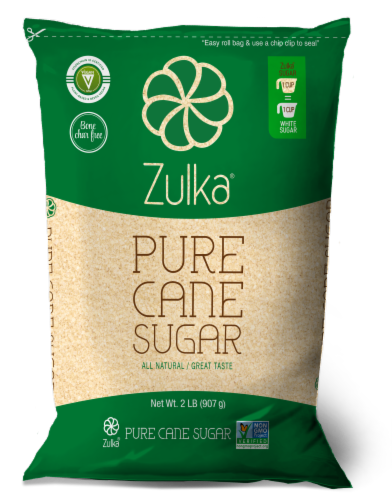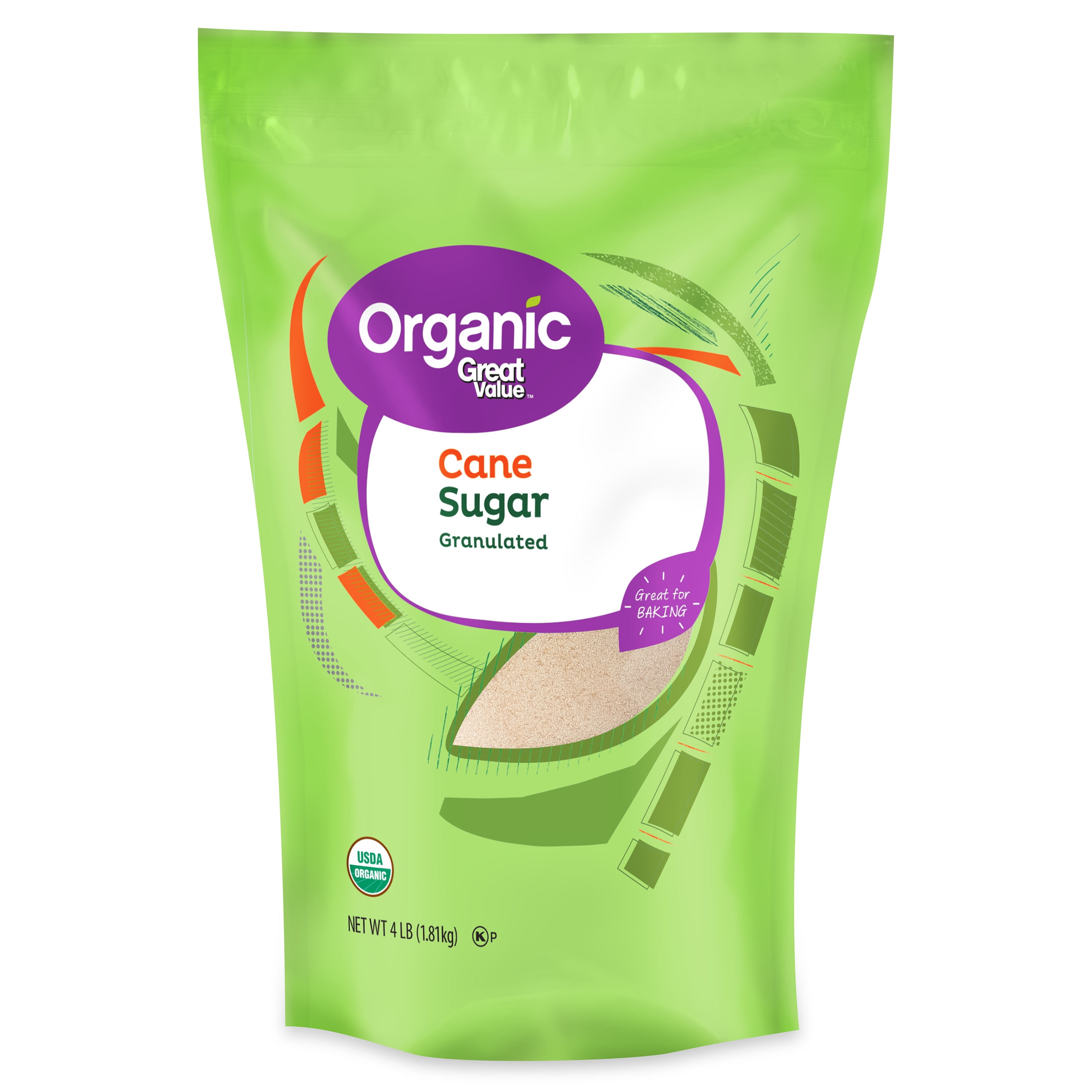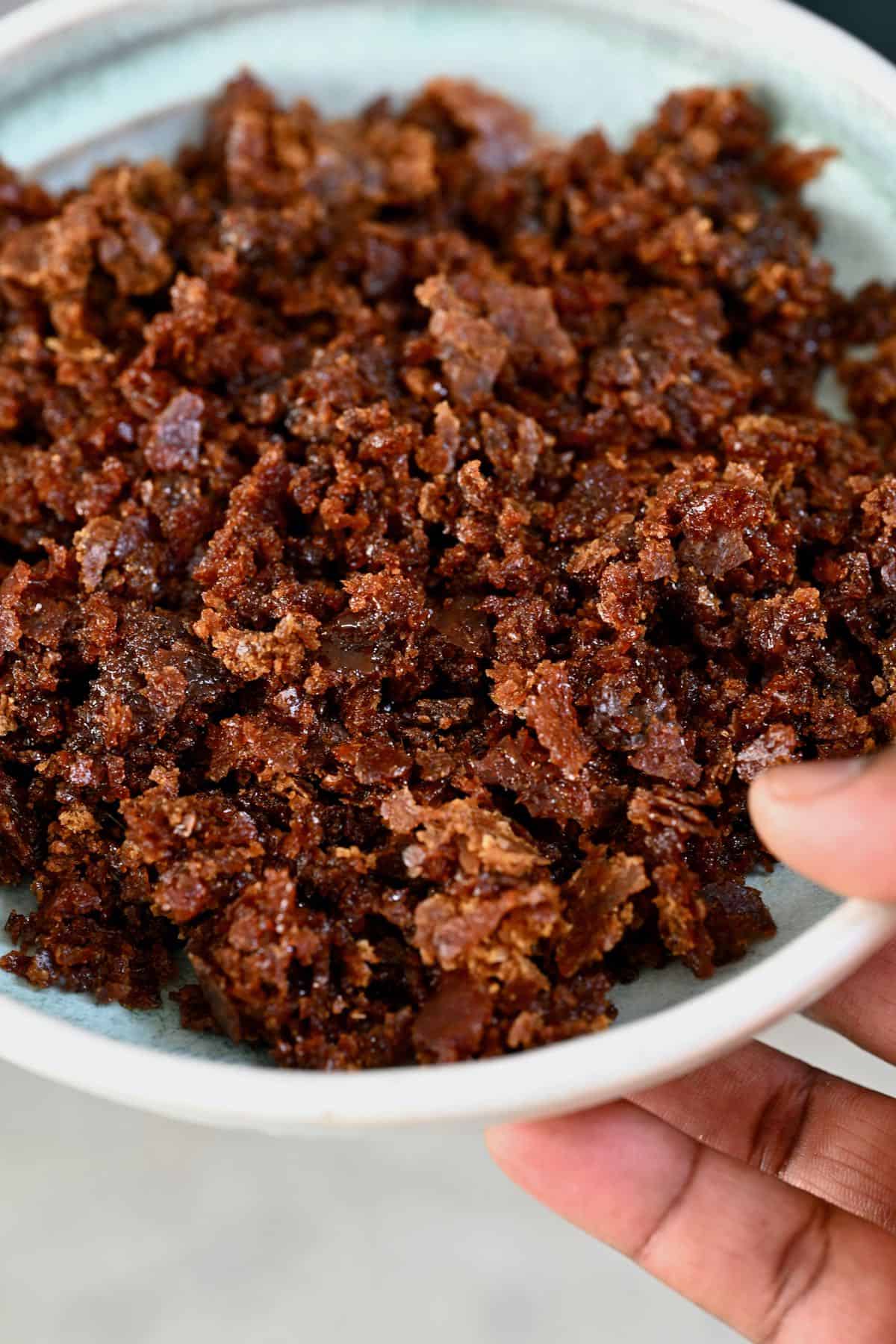Effective Cane Sugar Processing: Making Best Use Of Return and Pureness
Effective Cane Sugar Processing: Making Best Use Of Return and Pureness
Blog Article
Checking Out the Comprehensive Tips Associated With Walking Cane Sugar Processing From Collecting to Refinement
The process of walking stick sugar production includes a series of elaborate steps, starting with the careful harvesting of sugarcane and finishing in the improvement stages that guarantee the end product fulfills industry criteria. Each stage, from the removal of juice to the purification and crystallization processes, plays a vital role in identifying the quality and personality of the sugar. Recognizing these phases not only highlights the complexity of sugar manufacturing yet also elevates important inquiries regarding effectiveness, sustainability, and development in the market. What effects do these factors have for future methods?
Collecting Sugarcane
Collecting sugarcane is an important action in the walking cane sugar processing chain, as it straight influences the top quality and return of the final item. Correct timing and techniques are crucial during this stage to make certain optimal sugar material and decrease losses. Typically, sugarcane is harvested when it gets to maturation, usually 12 to 18 months after planting, characterized by a high sucrose focus.

Post-harvest, the sugarcane has to be refined swiftly to avoid sucrose degradation. Preferably, gathered walking stick should be carried to processing facilities within 24 hours to maintain sugar top quality. Consequently, effective logistical preparation is vital to keep the honesty of the harvested crop throughout the supply chain.
Removal Refine

The smashed walking cane undergoes a series of pressing operations to maximize juice recovery. Usually, warm water is sprayed onto the crushed walking stick, creating a countercurrent circulation that helps dissolve the sugar while likewise aiding in the extraction procedure. The juice accumulated from this procedure contains not only sugar yet additionally numerous organic compounds and impurities.

To boost extraction effectiveness, some facilities might utilize diffusion methods, where the sugarcane is taken in warm water, permitting the soluble sugars to diffuse right into the fluid. The resulting juice, rich in sucrose, is then routed to subsequent handling phases, laying the foundation for purification and improvement. The removal procedure is hence critical in determining the top quality and return of the last sugar product.
Filtration Strategies
The filtration strategies utilized in walking cane sugar processing are crucial for transforming the raw juice into a top quality sugar product. These approaches primarily aim to get rid of pollutants, such as soil, plant products, and inorganic substances, which can detrimentally influence the end product's flavor and shade.
This process entails adding lime and warmth to the raw juice, which facilitates the coagulation of impurities. Furthermore, the usage of phosphoric acid can enhance the clarification process by more binding pollutants.
Another considerable strategy is carbonatation, where carbon dioxide is presented to the made clear juice. This response creates calcium carbonate, which captures find staying contaminations and promotes their elimination.
In addition, turned on carbon treatment may be put on adsorb any type of staying colorants and organic contaminations, guaranteeing a more refined product. The combination of these methods properly prepares the sugar juice for succeeding action in the refining process, setting the stage for the production of premium walking cane sugar.
Crystallization Techniques
After the purification stage, the next essential action in walking stick sugar handling includes crystallization approaches, which play an essential role in changing the made clear juice into strong sugar. This procedure normally utilizes 2 main methods: spontaneous crystallization and regulated condensation.
In spontaneous crystallization, supersaturated sugar options are enabled to cool down naturally, leading to the development of sugar crystals over time. This approach permits for the uniform development of sugar crystals and greater purity.
During crystallization, the made clear juice is concentrated via evaporation, boosting its sugar web content till it gets to supersaturation. As soon as this factor is accomplished, either technique can assist in the crystallization process. Cane Sugar Processing. The resultant sugar crystals are after that separated from the remaining syrup via centrifugation
Inevitably, the selection of crystallization approach affects the high quality, size, and purity of the final sugar product, making this step vital in the total cane sugar handling procedure.
Improvement and Product Packaging
Exactly how can the purity and quality of cane sugar be further boosted after formation? The refinement process plays a crucial role in attaining high-quality walking stick sugar.
Following, the sugar undergoes a procedure called centrifugation, where it is spun at high speeds to divide the detoxified sugar crystals from the staying liquid. After centrifugation, the sugar is often additional improved via an approach called carbonization or phosphatation, which uses turned on carbon or phosphoric acid to eliminate shade and off-flavors.
Once refined, the sugar is dried to accomplish the wanted dampness material, making sure that it continues to be secure during storage space and transportation. The final action includes product packaging the refined sugar in moisture-proof and closed containers to keep its quality and stop contamination. Cane Sugar Processing. Proper product packaging not only extends service life however also assists in simple handling and circulation, making sure that customers obtain sugar that meets the highest criteria of pureness and quality
Final Thought
The comprehensive actions associated with walking cane sugar processing, from the thorough harvesting of sugarcane to the intricate refinement and product packaging phases, underscore the significance of each phase in making certain high-grade sugar manufacturing. Optimum harvesting techniques, efficient extraction techniques, and extensive filtration procedures collectively contribute to the final product's purity and stability. The crystallization and subsequent packaging methods further improve the honesty and rack life of the sugar, find out this here highlighting the complexity and accuracy fundamental in this important agricultural market.
The procedure of walking stick sugar manufacturing includes a series of detailed actions, beginning with the mindful harvesting of sugarcane and finishing in the improvement stages that ensure the last product satisfies sector standards. Ideally, gathered cane should be delivered to processing facilities within 24 hours to preserve sugar high quality.In spontaneous condensation, supersaturated sugar remedies are enabled to cool down normally, leading to the formation of sugar crystals over time - Cane Sugar Processing. The refinement process plays a critical function in attaining high-grade cane sugar.The detailed steps entailed in cane sugar handling, browse around this site from the meticulous harvesting of sugarcane to the intricate refinement and product packaging stages, emphasize the relevance of each phase in ensuring high-quality sugar production
Report this page